Labels are an essential part of every industry, facilitating product identification, organization and efficient workflows. When it comes to labels, there are two main options: thermal labels and regular labels. While they may seem interchangeable at first glance, there are significant differences between the two. In this article, we'll delve into the differences between thermal and regular labels, clarifying their unique characteristics and applications.
Thermal labels, as the name suggests, are designed for use with thermal printers. These printers use heat to create an image on the surface of the label. The paper used in thermal labels is coated with a heat-sensitive material that reacts and produces the desired imprint when exposed to heat. In contrast, conventional labels are usually composed of paper, plastic or fabric and printed using conventional inkjet or laser printers.
The most obvious difference between thermal labels and normal labels is the printing process. Thermal labels rely on heat to create an image, while conventional labels utilize traditional printing techniques such as inkjet or laser printing. This fundamental difference in printing methods gives thermal labels advantages in terms of printing speed and efficiency. Thermal printers can quickly produce high-quality labels without the need for toner or ink cartridges, eliminating the downtime required to replace such consumables.
Another notable difference is the durability of the labels. Thermal labels are usually made of stronger materials that can withstand harsh conditions such as extreme temperatures, humidity and chemical exposure. Since the printing process involves applying heat to the label surface, imprints produced on thermal labels tend to be more resistant to fading, staining and abrasion. Additionally, thermal labels are often coated with a protective layer for added durability, making them ideal for applications requiring long-lasting labels such as warehousing, shipping, and outdoor environments.
On the other hand, regular labels may be better suited for applications that don't require long-term durability. These labels can be easily printed with common home or office printers, making them a cost-effective option for small-scale labeling needs. Conventional labels are still valid in conditions-controlled environments where exposure to extreme temperatures or chemicals is less likely. However, before choosing between thermal and conventional labels, it is important to consider the specific requirements of the application.
The versatility of thermal labels is another factor that differentiates them from ordinary labels. Thermal labels come in many forms, including direct thermal labels and thermal transfer labels. Thermal labels are thermal paper that produces an image when heat is applied directly to the label. They are commonly used for labeling transport packaging, food or temporary labels. In contrast, thermal transfer labels require a thermal ribbon to transfer the ink to the label surface. This method can print more complex designs and is commonly used in industries such as healthcare, electronics and retail.
In conclusion, thermal labels differ from ordinary labels in their printing process, durability and versatility. Thermal labels offer efficient, fast printing, increased durability and a wide range of applications. Conventional labels, on the other hand, are more cost-effective and suitable for controlled-condition environments. Ultimately, your choice between thermal and regular labels should depend on the specifics of your labeling needs.
Post time: Jan-02-2024









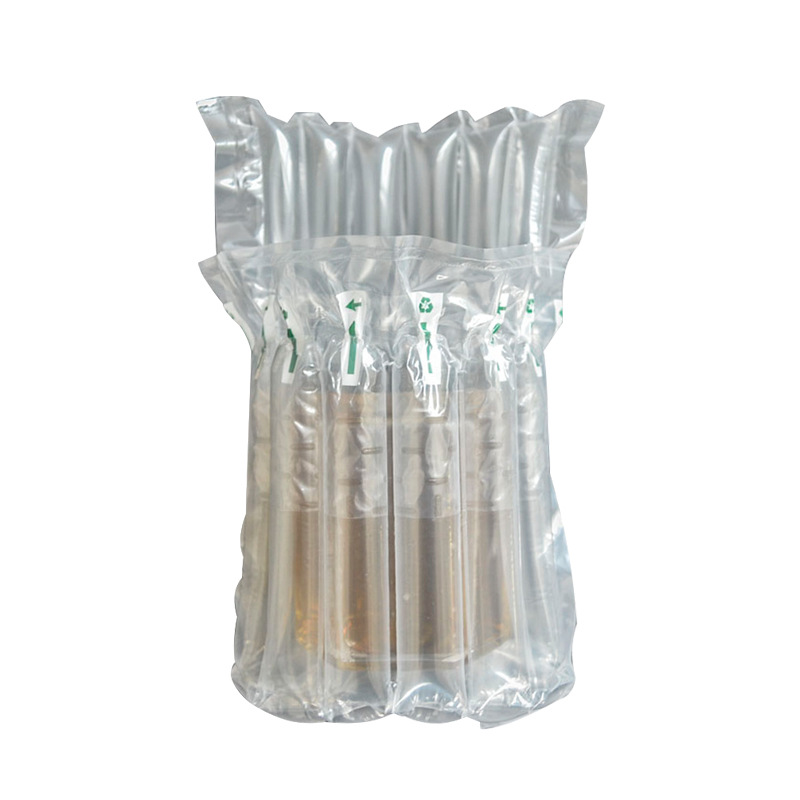
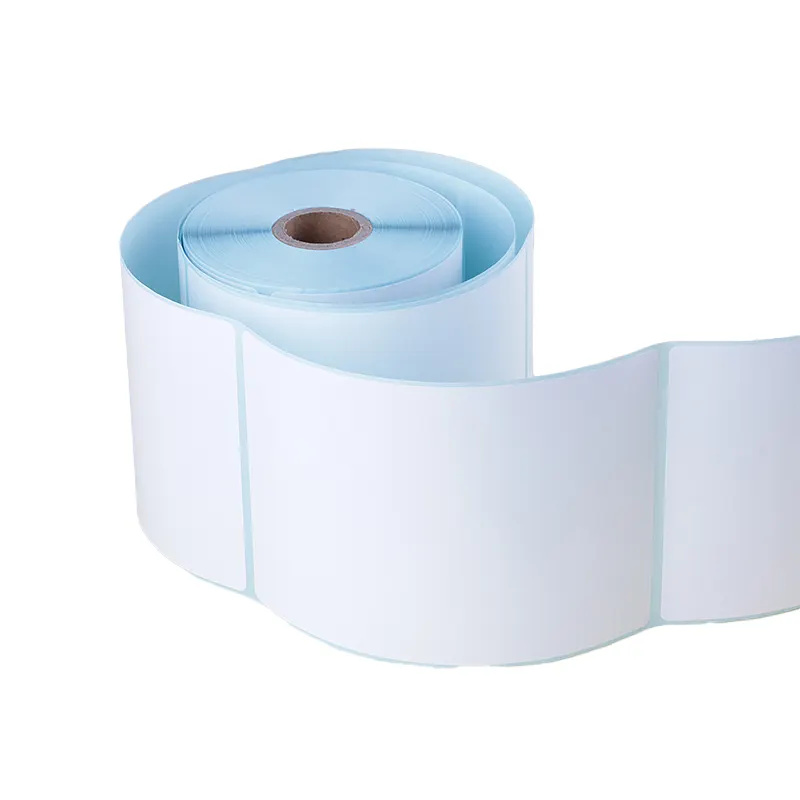

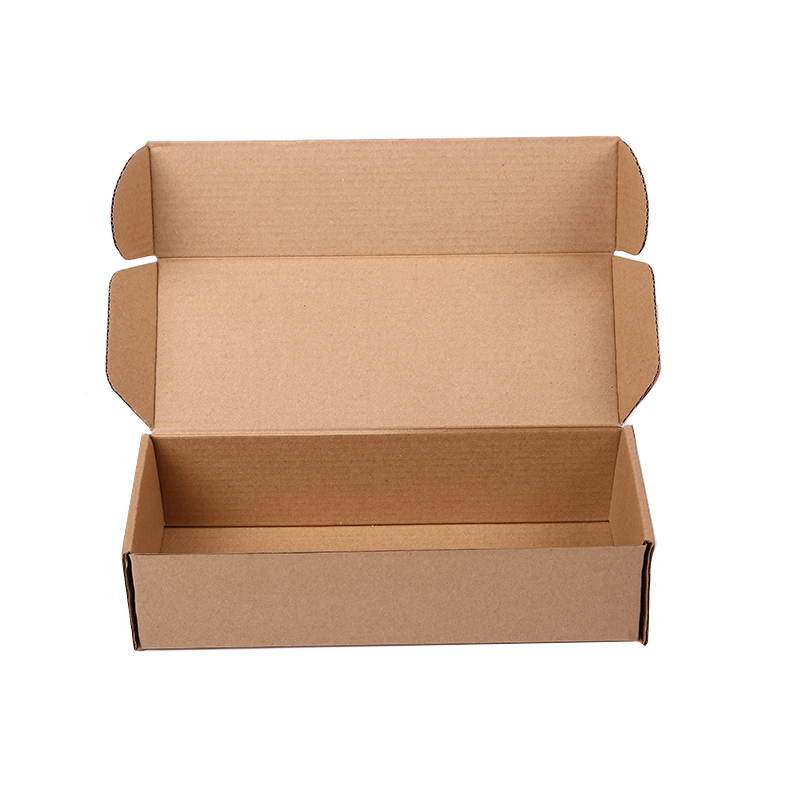
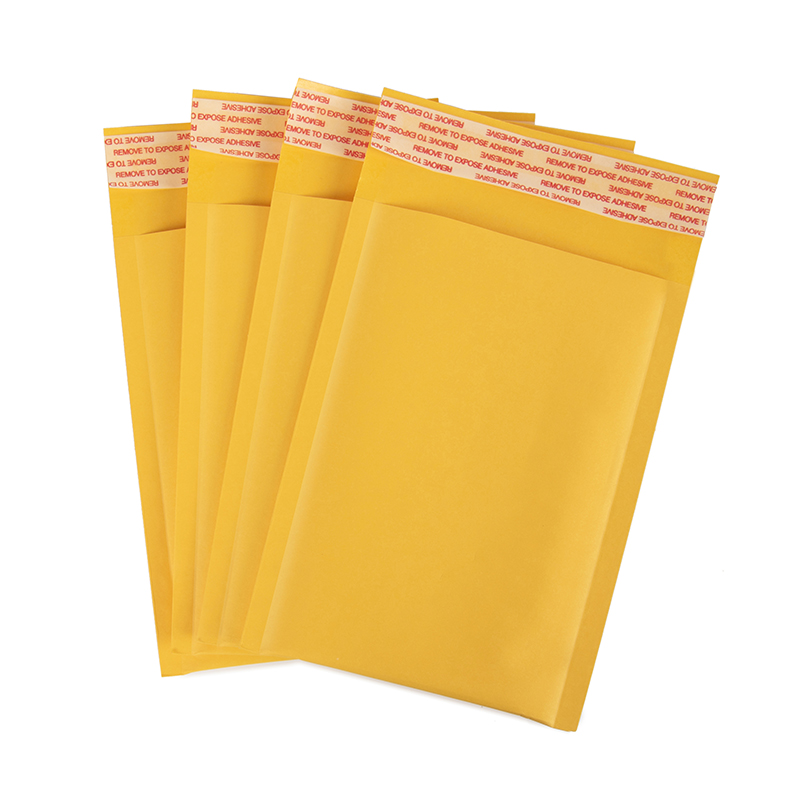
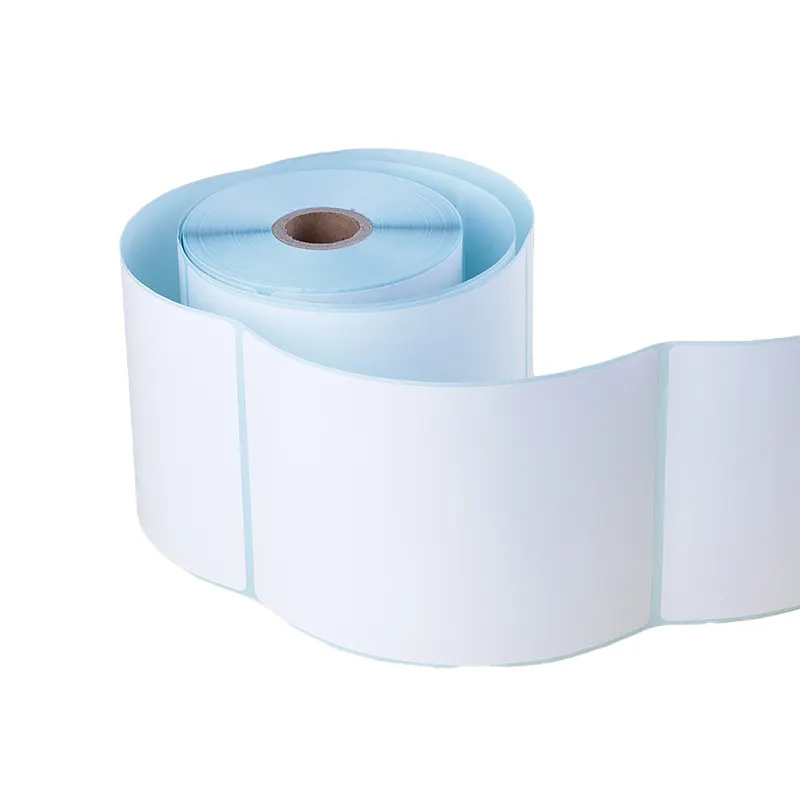
.png)
.png)
.png)


